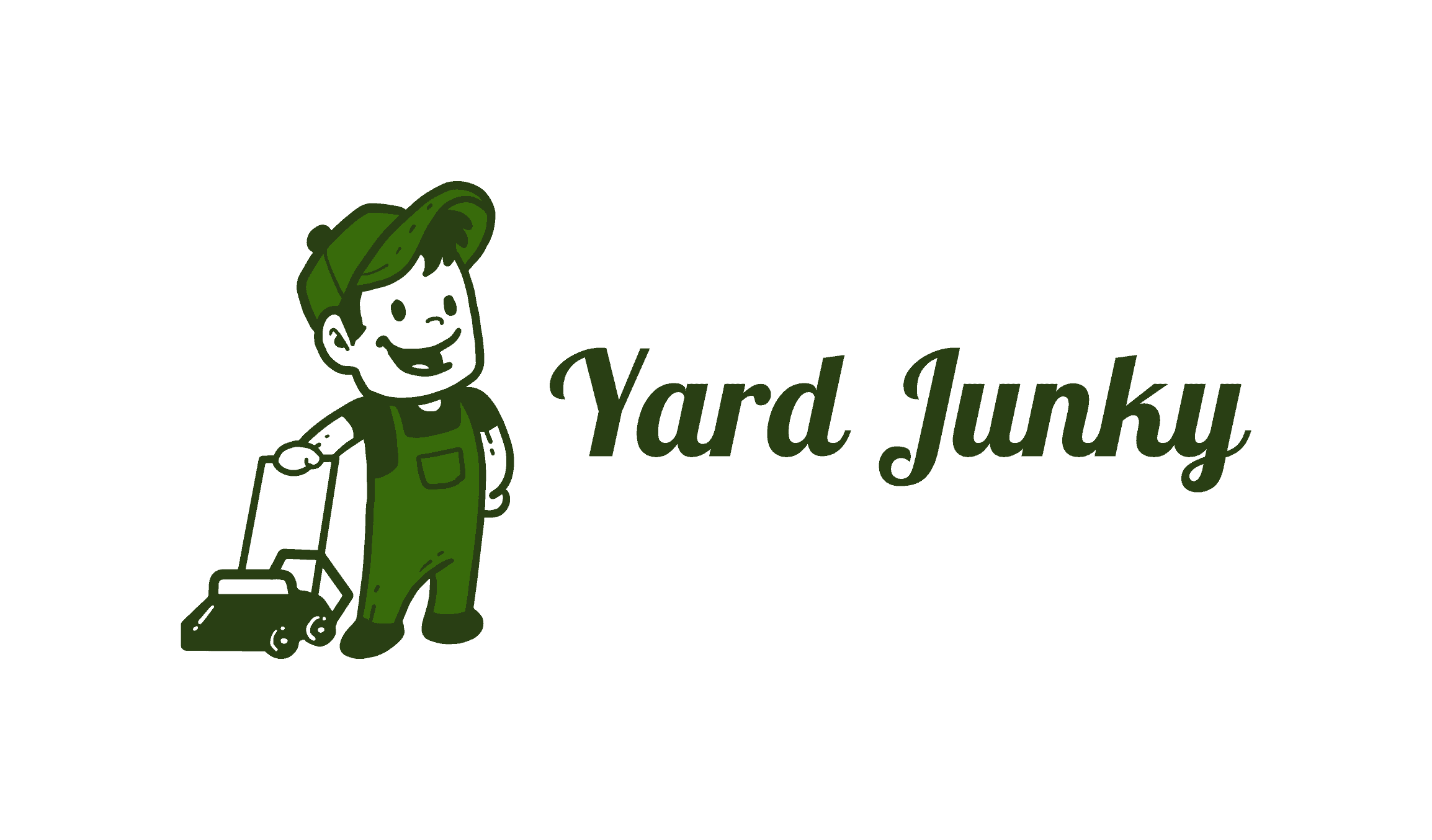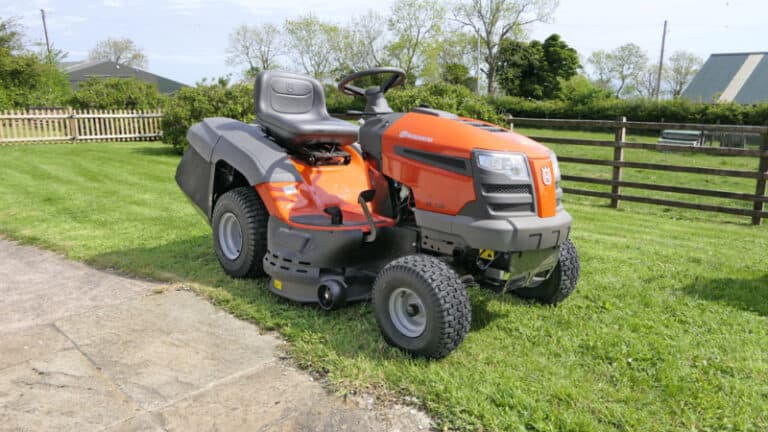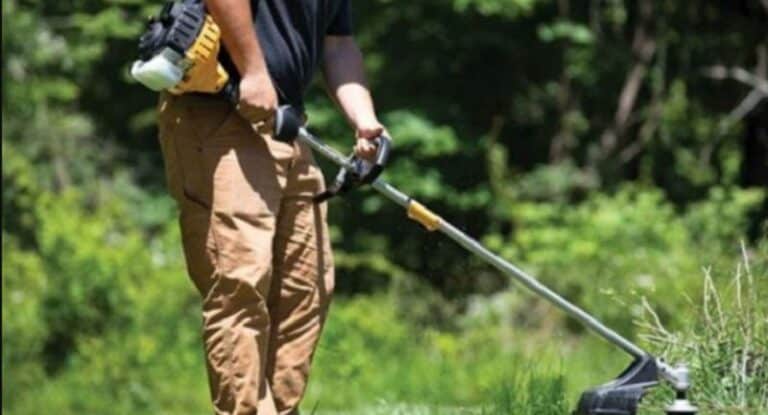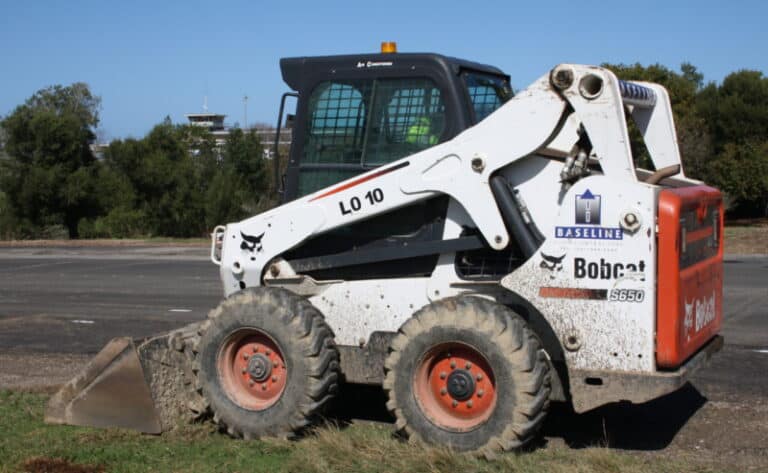The Sprinkler System Comes On But There’s No Water: What Do You Do?

Sprinkler system no water – what should you do? Well, first of all, there’s no reason to panic at all, because this should be a very fixable problem. The single most common reason for this kind of indication is that either the sprinkler head is broken, or it has become so clogged with dirt and debris that it’s unable to perform its duties.
If you’re in the middle of the growing season, this will be the worst possible time for your sprinkler system to malfunction. However, if you know how your sprinkler system works, it should be a fairly easy matter to conduct repairs and get the sprinkler back online. It calls for finding the specific reason for no water flow, and once you know this, you can adopt appropriate measures and get your sprinkler system back to work, dispensing life-giving water to your plants or your lawn.
How your sprinkler system works
According to Irrigation Outlet, it’s important to have at least a basic understanding of how your sprinkler system works, so that you’ll be able to troubleshoot more effectively. All sprinkler systems have multiple important components, and one of these is the controller unit.
The controller unit sends a signal to the control valves, which are generally located in a secure box. When a signal reaches the control valves, they open up and allow water to pass through the underground water line. When that water reaches the sprinkler heads, the sprinklers will then pop up and start distributing water around the affected area.
Sometimes all the moving parts in the system can cause a breakdown, and that might cause you to fetch a sprinkler repair kit to get it back online. When you’re looking for signs of water leaks, the best place to look is between the last working sprinkler head and the first sprinkler head which is non-operational.
Check in that area for signs of bubbling water or leaking water, which should then lead you to the water leak itself. Once you’ve resolved the water leak issue, you should find that your sprinkler heads are operating normally once again. After you’ve used a sprinkler system for a while, you’ll probably become familiar with some of the possible breakdown points, and that can help you be better prepared to address them quickly. Then you can resume watering your thirsty plants without mechanical interruptions.
Possible reasons and responses to no water output
According to Inside the Yard, the most common reasons for getting no water output when you turn on your sprinkler system are those listed below. After you’ve determined the specific cause of your water outage, you should have a good idea on how to proceed, in order to effect repairs to the system:
Broken sprinkler head
Occasionally it happens that your sprinkler head will somehow become broken, for instance, if it falls away from the system and ends up on the ground. If you encounter a situation where your sprinkler head becomes broken for any reason, the obvious solution is to go to your local lawn and garden shop and purchase a new version of the same model. It’s best if you don’t try to add on a newer model that might be more capable, because it’s possible that it will be incompatible with the rest of your system and it won’t work at all.
Backflow device is only half-opened
If you find that you’re in a situation where you have a sprinkler system no water, it definitely could be because your backflow device is only half-opened. This should be one of the first things you check for the symptoms described, and if your backflow device is fully opened and flowing, that constitutes a good check, and your problem lies elsewhere.
Sprinkler heads are dirty or corrupted
A great many issues with your sprinkler system occur right in the sprinkler head where there can be a buildup of dust and dirt. In addition, for the most part, sprinkler systems are set right on the ground, so there’s a very good chance that your sprinkler head could get filled up with all kinds of debris and dirt floating around your lawn. For this reason, it will be worth your while to make sure that your sprinkler head gets cleaned every week, so you can avoid at least one possible issue with your sprinkler system.
Inadequate pressure to stimulate water flow
If your sprinkler system doesn’t have the appropriate water pressure, there may be either a very weak flow from your system or none at all. The culprit in such cases usually ends up being a leaky water pump, although it’s also possible for your waterline to have a leak, which is a situation that occurs fairly frequently with homeowners. If you notice that your sprinkler system is not working after you’ve had a power outage, it might very well be that you need to reset the system by re-programming the sprinkler system.
Sprinkler valve malfunction
The valves serve as the central nervous system of your sprinkler operation, since they control all water flowing through the pipes. They’re usually the most complicated components in your system, since they have a number of external connections and internal valves. One good thing about having a sprinkler valve problem is that most of the valves and solenoid parts can easily be removed from your system and replaced without having to install an entirely new unit.
It’s also fortunate that the parts are interchangeable, so if it’s necessary to swap out a solenoid, all it will really take is removing one and screwing on a new one, hand tight. In situations where the rubber valve inside the valve body becomes decayed, it can easily be replaced using a screwdriver and an inexpensive replacement valve.
Sprinkler solenoid issues
The solenoid in your sprinkler system acts as an electric door that triggers the valve to allow water to run. It is constructed with a body and a spring-loaded pin, and there will be two wires attached to the body. If you think you might have a problem that’s traceable to the solenoid, the first thing you should do is check to see that the wires are still firmly connected. If you have any doubts, you can use wire strippers and retwist them using a wire nut, so that you’re sure you’ll have a good connection. It’s very possible that your pet may have been running through the yard and ripped wires out of your solenoid. That makes this one of the most important checks you can make, because it will definitely prevent water from flowing if even one wire has been removed.
Timers and clocks
If your sprinkler system doesn’t turn on at all, it could very well be that the clock is improperly set, or that the wires to it are improperly connected. Sprinkler clocks transmit low voltage current to the sprinkler valves in order to trigger them to open up. If that voltage is missing from the sprinkler clock, the sprinkler valves will never open, which means no water will be issued out. A sprinkler timer has controls which are similar to manual switches, although the more modern versions have all been converted to LCD. Timers are generally sold with a set number of stations, so that extra slots can be used for future use. If either your timers or clocks are malfunctioning, you won’t have proper water flow, and you may have none at all.
Q: What is it that causes a whole sprinkler zone to be non-operational?
A: If you’re experiencing a problem with an entire zone of your sprinkler system, it could be that you have some kind of issue with the timer, solenoid, valves, or even with the wiring. Problems like these often end up being attributable to a faulty connection.
Q: What will happen to my sprinkler system if it operates with no water?
A: If you should neglect your sprinkler system, allowing it to run with no water being issued, a few negative things can happen. Roots might grow inside your sprinkler system, and it will be a problem to have them removed. If there is any stagnant water inside the sprinkler, it could trigger the growth of algae, which eventually will destroy your whole system.
Q: Why is there no water coming from my sprinkler head?
A: Sometimes the culprit ends up being a backflow valve that was accidentally shut off. If this happens to you, the backflow valve will prevent water from reaching your sprinkler system valves. It’s also possible that your rain sensor is malfunctioning, or that there’s some kind of problem with your timer. Each of these possibilities will have to be checked out one at a time, until the specific cause has been determined. Then, some kind of remedy can be applied, and sprinkling can be resumed.






